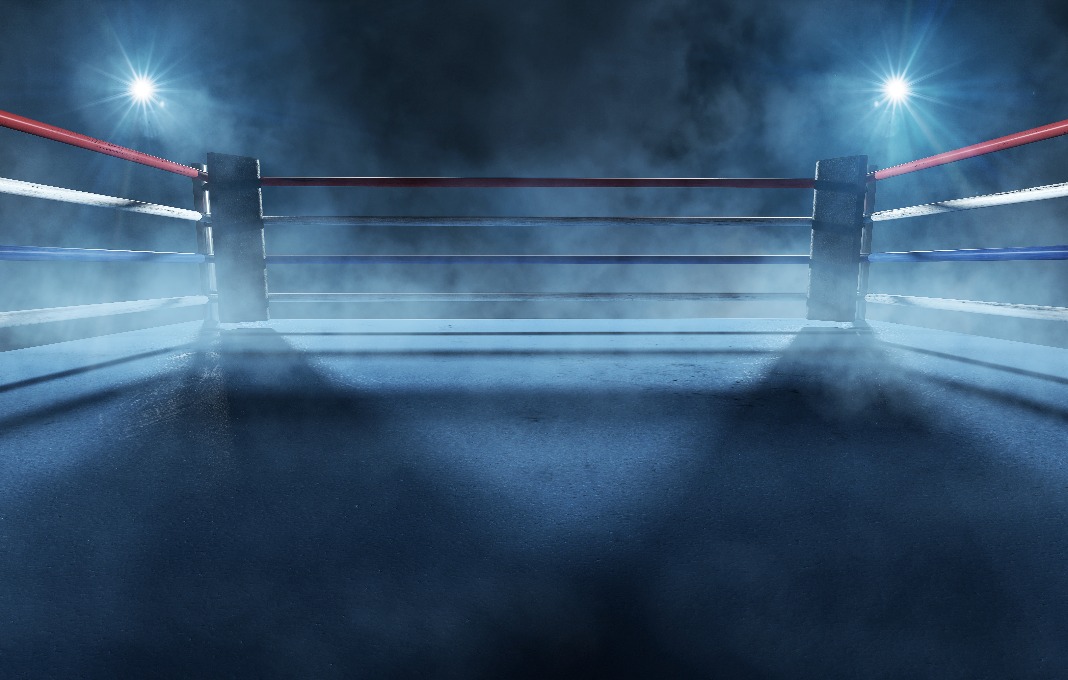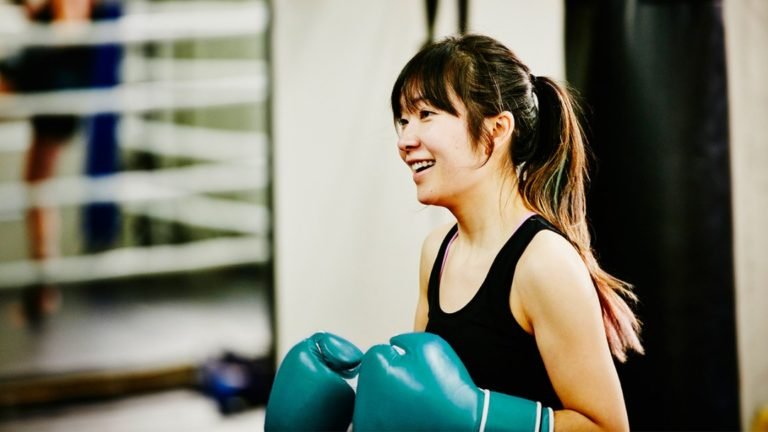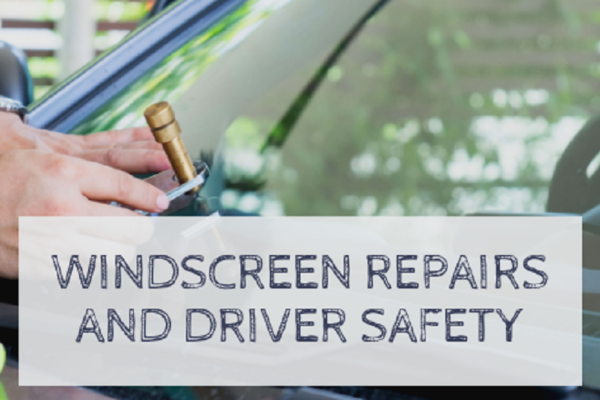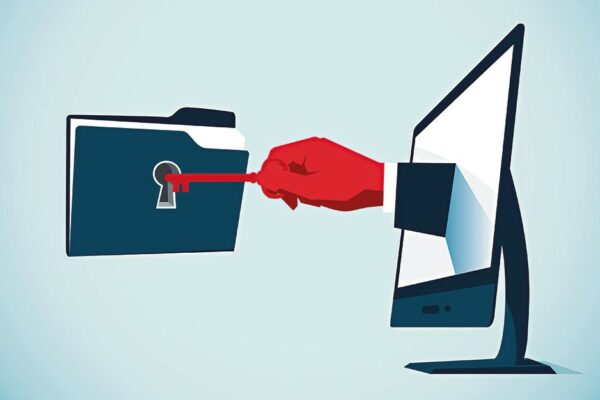Boxing is one of the most historic sports in the world with its roots running back through human history. Boxing, in one form or another, has been practiced through the generations, long before Lord Lonsdale put his rules into force, paving the way for the professional boxing we know and love today.
Armchair fans enjoy watching the biggest boxing bouts on TV with some adding an extra edge by betting on the outcome through the top sportsbooks advertised at sportsbettingsites.com. Dedicated fans visit stadiums around the world to sample the thrill of boxing card live. Madison Square Gardens in New York and the York Hall in London are particularly popular with lovers of the noble art.
How to get started
Many thousands of males and females, of all ages and from a range of backgrounds, practice boxing every day. Competitors range from professionals to amateurs, club fighters to those simply looking to use the art of boxing to keep fit.
How do you get started in boxing and will you get punched on your first night? No one wants that. We have recruited the help of former UK professional boxer Frankie Monkhouse who explains what you need to get started. He suggests five pieces of equipment you should have in your kit bag to help make your transition from interested bystander to boxer as smooth as possible.
Confidence
The very first piece of equipment you need is the confidence to make the first move. Boxing is known as one of the toughest sports around but one of the hardest parts of joining a gym is walking through the door. It doesn’t matter how much self-confidence you have or how much boxing experience you possess, stepping over the line into the lion’s den is daunting.
Incidentally, there aren’t many places more welcoming than a boxing gym. When those inside find out you’re keen on getting fit, learning to fight or compete for the club, you’ll be well looked after.

Bandages
It’s important to bandage your hands to protect them from the rigours of training. You must pad your knuckles, the small bones running up your hand and even your wrist. Most newbies focus on the knuckles, of obvious reasons, but the wrists are just as crucial. An injured wrist will keep you out longer than an injured knuckle.
For added protection you can pop a small piece of sponge or cushion under the bandages on your knuckles. Many professional fighters also put tape over the top of the bandages to add extra protection.
Gloves
There are many different types and sizes of boxing gloves that are used for different jobs. You can hit the heavy bags with 6-12oz gloves, similar to those used in a professional or amateur boxing bout. But these won’t be permitted in sparring. When you are confident enough to step between the ropes and spar an opponent you will want 14-18oz sparring gloves. To start out, I’d suggest purchasing 10oz bag gloves with a velcro strap. This will give you a lightweight glove but enough protection when hitting the bags and mitts.
Most boxing gyms have spare gloves you can use but in my experience you should have your own. You don’t want to be sticking your hand in damp, sweaty gloves someone else has been training in. You can pick up a pair of boxing gloves online and it won’t be too expensive, certainly not if you are serious about putting them to work.
Skipping rope
Even if you aren’t great at jumping rope you should invest in a quality skipping rope. There are two types, the lightweight speed ropes which are commonly used by fighters these days. These are great for skilled skippers throwing in the odd trick and foot movement. The heavier ropes made of leather with bulky handles are more old fashioned but some boxers prefer them. That’s because they are tougher to use and slowing, meaning you need more effort when skipping at any decent pace. The heavy handles help build muscles too.
Skipping may seem effortless to experienced boxers and tough to newbies but most get the hang of it quickly. It’s worth sticking with as jumping rope improves timing, coordination and even your footwork. It’s great for burning calories too. You may want to work on your technique at home or in the garden to speed up the learning process.

Boxing boots
You can wear training shoes when enjoying boxing training but many fighters or dedicated keep fitters like to wear boxing boots. These are lighter, allowing you to skip, work on your footwork, shadow box or hit the bag without the risk of your footwear slowing you down. Many modern fighters wear boxing boots or even wrestling boots which are slightly different in terms of style but do much the same job.
It won’t make too much difference to your overall training performance if you wear street shoes over boxing boots but some gyms won’t grant you access to the ring wearing street shoes. I’ve seen many professional gyms with signs stating no street shoes in the ring. This is to limit the damage some trainers do to the ring canvas which is expensive to replace. A good ring canvas will be the pride and joy of the gym owner so it’s best to respect it.
Get in touch
You can telephone your local boxing gym and tell them of your intentions to get started. They will explain the joining process and times. Some gyms are open, meaning you can turn up during opening times and train. Others are boxing clubs which offer access during designated hours, such as 7pm – 9pm.
Feel free to drop in and watch some training and receive a quick gym introduction. This can be arranged with the gym owner beforehand. Most will be more than happy to accommodate you, especially if you are serious about joining and training long-term.
Enjoy your boxing experience. It’s a sport for all.








